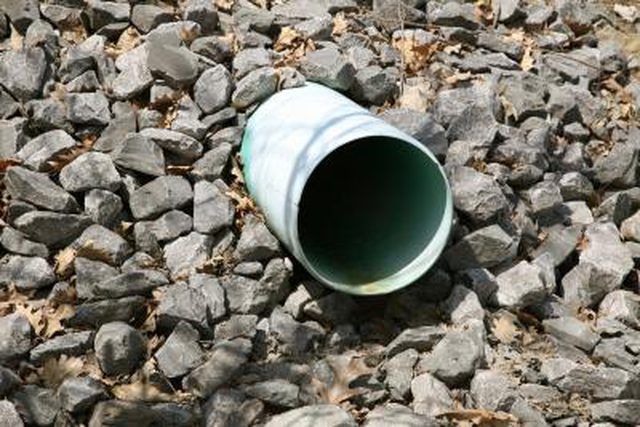Bulbs
Flower Basics
Flower Beds & Specialty Gardens
Flower Garden
Garden Furniture
Garden Gnomes
Garden Seeds
Garden Sheds
Garden Statues
Garden Tools & Supplies
Gardening Basics
Green & Organic
Groundcovers & Vines
Growing Annuals
Growing Basil
Growing Beans
Growing Berries
Growing Blueberries
Growing Cactus
Growing Corn
Growing Cotton
Growing Edibles
Growing Flowers
Growing Garlic
Growing Grapes
Growing Grass
Growing Herbs
Growing Jasmine
Growing Mint
Growing Mushrooms
Orchids
Growing Peanuts
Growing Perennials
Growing Plants
Growing Rosemary
Growing Roses
Growing Strawberries
Growing Sunflowers
Growing Thyme
Growing Tomatoes
Growing Tulips
Growing Vegetables
Herb Basics
Herb Garden
Indoor Growing
Landscaping Basics
Landscaping Patios
Landscaping Plants
Landscaping Shrubs
Landscaping Trees
Landscaping Walks & Pathways
Lawn Basics
Lawn Maintenance
Lawn Mowers
Lawn Ornaments
Lawn Planting
Lawn Tools
Outdoor Growing
Overall Landscape Planning
Pests, Weeds & Problems
Plant Basics
Rock Garden
Rose Garden
Shrubs
Soil
Specialty Gardens
Trees
Vegetable Garden
Yard Maintenance
How to Care for Pier and Beam Foundations
How to Care for Pier and Beam Foundations. Maintaining a pier and beam foundation is a bit easier than other kinds of foundation type. This structure has concrete piers sticking out of the ground upon which the house sits. Inspecting these within the home crawl space is fairly simple.

Maintaining a pier and beam foundation is a bit easier than other kinds of foundation type. This structure has concrete piers sticking out of the ground upon which the house sits. Inspecting these within the home crawl space is fairly simple.
Maintain good drainage always. This is the first step in any post and beam maintenance. As is the case for all foundation types, moisture seeping under the foundation is a sure-fire way to damage or destroy it. Specific to the post and beam structure is that there are fewer areas of support for the foundation than in a regular concrete basement. Therefore, even greater care should be taken. All patios and sidewalks need to slope slightly away from the foundation. Trench drains can be dug in the case of flooding or other unexpected soil moisture. The wetter the soil under the post footings, the more chance of movement.
Check the internal structure of the home for any telltale signs of movement. These would include windows and doors that do not shut properly. Also, large cracks in the ceiling, above doors and in shower tiling are also very bad signs. These generally suggest that there is some movement in the foundation that can cause problems if not treated immediately. Water and poor drainage are some of the main causes.
Check the crawl space at least every six months. In the pier and beam design; this is a little easier, because the way the post meets the beam is clearly visible. Look for any signs of movement. These would include a clear shift of position on the pier itself. This is fairly easy to see. Any angling of the piers is also a clear and obvious sign of movement that can cause structural havoc in the house.
Keep an eye on your gutters and downspouts. The minimum area for water discharge should be 5 feet from the house. The grade from the foundation edge outward from the house should be at least 5 percent, or 5/8 of an inch for every foot. Keep gutters from splashing out and onto the ground below right next to the foundation. The post and beam construction has many advantages, but the smaller level of underground support requires greater vigilance, since even a small amount of movement in a single pier can lead to severe damage inside the house. Remember also that gardens against the house can be a problem unless they, too, are either graded away from the house or fitted with drains. Mulch, bark or peat can accumulate more water than normal, leading to seepage underground.
Plant shrubs with short root systems to absorb some water. Too much absorption can shrink the soil, leading to settling and more movement. Root systems that are too large can grow underneath the soil and harm the pier. Trees or large bushes next to the foundation are rarely a good thing and should be removed. Small shrubs can act as a drain.